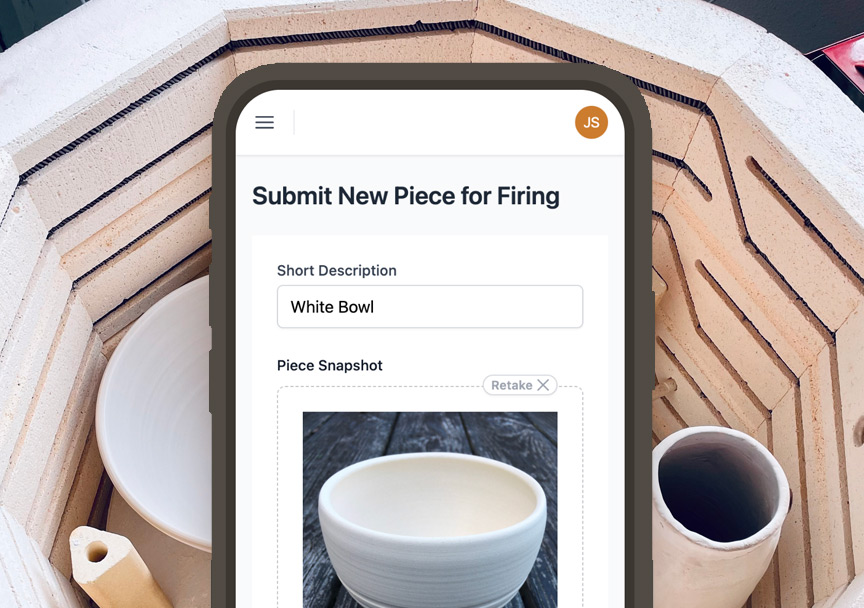While manufactured ceramic clay offers convenience and consistency, collecting your own native natural clay can provide satisfying hands-on experience and a sense of creative place. By finding clay yourself, you gain a deeper appreciation for this incredible artistic material formed in the earth.
Here is how to locate clay in nature and process it for use:
Where to Search for Natural Clay
Prime locations to look include:
- Along the exposed river and stream banks where constant water flows deposit clay sediments
- At the base of cliffs or rock outcroppings where water runoff carries clay particles
- In areas where the earth shows major color transitions from iron-rich soils to white kaolin clays
- Near natural springs where subsurface clay is carried up through the soil
Scan for moist areas with smooth clay-like soil texture. River banks after flood season offer ideal clay hunting conditions.
What to Look For
Clay soil is smooth, slippery, and malleable when wet, becoming hard when dry—test soil by wetting a pinch in your palm. Authentic clay will become pliable like ceramic clay.
When thinned with water, real clay also exhibits high plasticity, easily pouring as a smooth gravy-like slurry. Fake clay turns grainy or lumpy instead.
Notice areas with clay pipes, overflow tubes, or clay-lined ponds nearby, as these signify substantial clay deposits exist naturally in that location.
Digging Up Clay
Bring along digging tools like shovels and trowels to excavate promising clay deposits. Extract clay from at least 2-3 feet below the topsoil layer to avoid organic contaminants.
Fill buckets or bags with clay-rich soil, aiming for at least 20-30 lbs of material to work with. The more you gather, the more refined clay you’ll obtain.
Processing Raw Clay
Once gathered, you’ll need to refine natural clay through a multi-step cleansing process:
- Break up large clumps and place clay in large tub of water to soak. Knead vigorously as it softens to make a slurry.
- Pour off excess water, then screen slurry through a fine mesh sieve to filter out roots, pebbles, etc.
- Allow sediment to settle completely, then pour off excess water leaving only clay.
- Repeat soaking and filtering 2-3 more times until water pouring off is clear.
- Place final wet-filtered clay into porous fabric bags. Press and squeeze bags to remove more water.
- Allow clay to fully air dry in a sealed container for 1-2 weeks before using.
Testing Natural Clay
Always fire test natural clay paddles before using extensively. Assess color, absorbency, shrinkage, and crack tendency during drying and firing to high temperatures.
Be prepared to tweak clay properties through:
- Adding sand or grog for texture
- Mixing with commercial clay to improve plasticity
- Firing in oxidation vs reduction atmospheres to influence color
Getting usable results requires trial and error. But with persistence, you can refine native clay into a workable natural medium.
Finding your own clay creates a satisfying connection with the earth. While challenging, the experience lets you engage with ceramic art at a more primal level. You can craft stunning works from the ground under your feet with some grit and experimentation!


